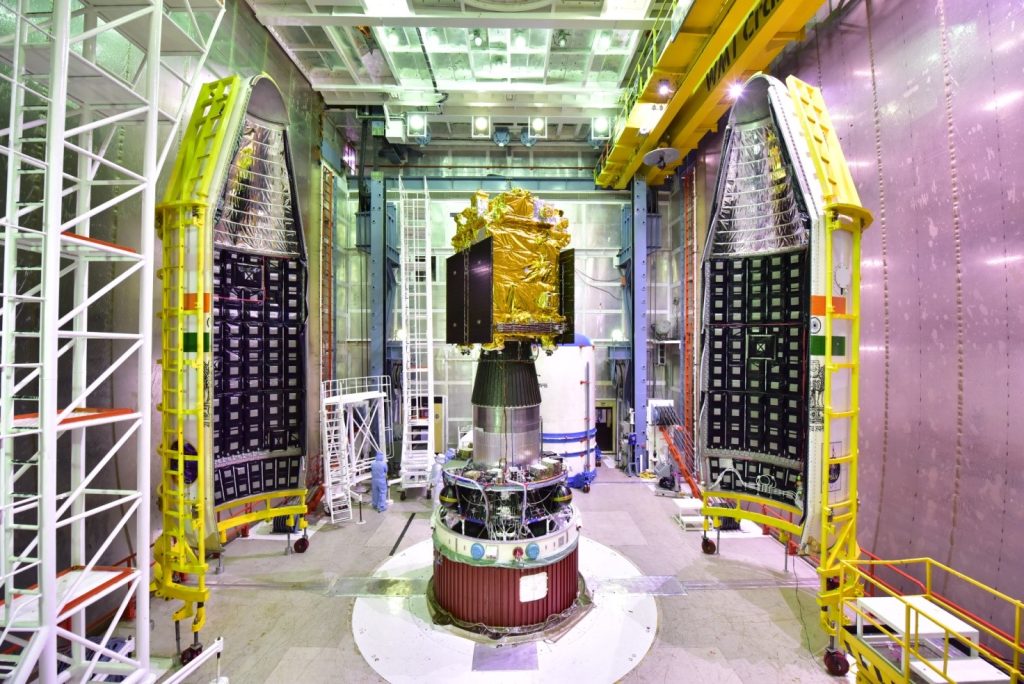India’s first X-ray polarimetric mission, XPoSat, has marked a significant milestone by capturing its first light from the Cassiopeia A (Cas A) supernova remnant. Launched on January 1, 2024, XPoSat is equipped with two co-aligned instruments – the POLarimeter Instrument in X-rays (POLIX) and the X-ray SPECtroscopy and Timing (XSPECT). The primary objective of these instruments is to unravel the mysteries surrounding cosmic X-ray sources. While POLIX focuses on investigating X-ray polarization in medium-energy X-rays, XSPECT engages in continuous and long-term spectral and temporal studies of X-ray sources in the soft X-ray band.
During its performance verification phase, XSPECT was directed towards the Cas A supernova remnant, serving as a standard celestial source for instrument evaluation. The observation commenced on January 5, 2024, providing valuable insights into the supernova remnant’s emission lines corresponding to elements such as Magnesium, Silicon, Sulphur, Argon, Calcium, and Iron.

The XSPECT payload’s performance was successfully verified through its observation of Cas A. The captured spectrum includes both Galactic Cosmic Ray (GCR) background and Cosmic X-ray Background (CXB). The flux above 8 keV is attributed mainly to both CXB and GCR. The spectrum, collected over a total integration time of 20 ksec spanning multiple orbits, demonstrates the instrument’s capabilities in studying high-energy phenomena.
The XSPECT payload is a product of the Space Astronomy Group at U R Rao Satellite Centre (URSC)/ISRO, Bengaluru. The continuous observations facilitated by XSPECT’s long-duration capabilities are expected to make significant contributions to our understanding of the universe’s high-energy phenomena.
The successful capture of the Cas A supernova remnant by the XSPECT payload on India’s XPoSat mission marks a crucial step forward in the exploration of cosmic X-ray sources. With its focus on continuous and long-term spectral and temporal studies, XSPECT is poised to provide valuable data that will enhance our understanding of high-energy phenomena in the universe. As XPoSat continues its mission, scientists and researchers eagerly anticipate further revelations and breakthroughs in the realm of X-ray astronomy.


